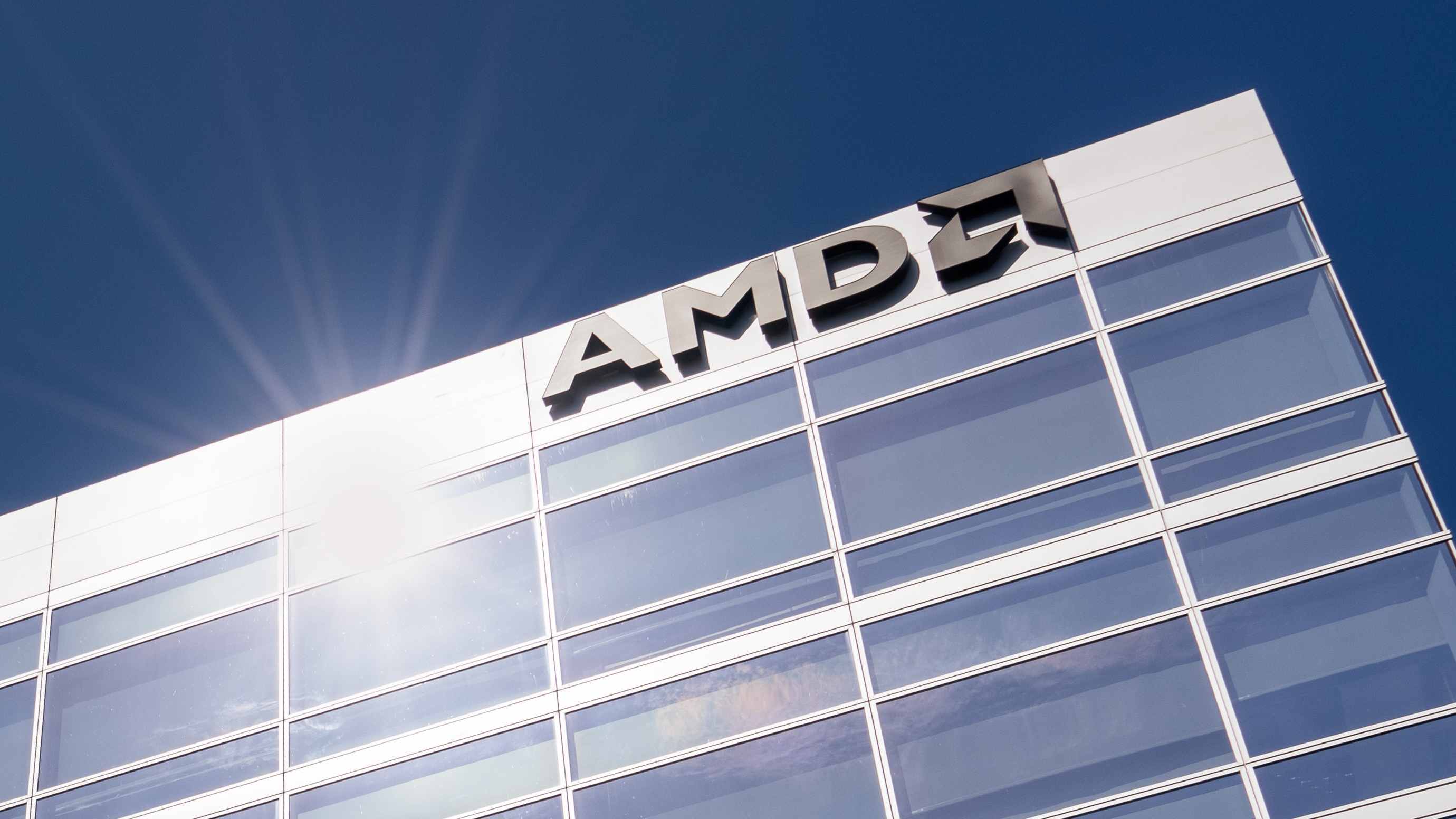AMD wraps up world's largest semiconductor merger
Bumper AMD deal for Xilinx is now complete

AMD has completed its multi-billion dollar takeover of Xilinx in what is thought to be the largest semiconductor deal ever.
The chipmaker says the all-stock deal will create "the industry’s high-performance and adaptive computing leader", offering the newly-expanded company "significantly expanded scale and the strongest portfolio of leadership computing, graphics and adaptive SoC products".
The news comes after formal approval to the deal was granted by US and Chinese regulators.
AMD and Xilinx
“The acquisition of Xilinx brings together a highly complementary set of products, customers and markets combined with differentiated IP and world-class talent to create the industry’s high-performance and adaptive computing leader,” said AMD President and CEO Dr. Lisa Su.
“Xilinx offers industry-leading FPGAs, adaptive SoCs, AI engines and software expertise that enable AMD to offer the strongest portfolio of high-performance and adaptive computing solutions in the industry and capture a larger share of the approximately $135 billion market opportunity we see across cloud, edge and intelligent devices.”
Former Xilinx CEO Victor Peng will join AMD as president of the newly formed Adaptive and Embedded Computing Group (AECG).
“The rapid expansion of connected devices and data-intensive applications with embedded AI are driving the growing demand for highly efficient and adaptive high-performance computing solutions,” said Victor Peng.
Sign up to the TechRadar Pro newsletter to get all the top news, opinion, features and guidance your business needs to succeed!
“Bringing AMD and Xilinx together will accelerate our ability to define this new era of computing by providing the most comprehensive portfolio of adaptive computing platforms capable of powering a wide range of intelligent applications.”
The acquisition itself has been in the making for 16 months, having initially been announced in October 2020, and has grown in value as AMD's stock price has risen.
Originally valued at $35bn when it was announced, the final price tag on the deal will likely be finalized at around $53bn.
While AMD is known for its CPUs and GPUs, Xilinx specializes in a type of semiconductor called Field Programmable Gate Arrays (FPGAs). Unlike other semiconductors, FPGAs can be altered even after they have been deployed which makes them quite versatile, despite the fact that they're often slower than GPUs or CPUs.
By acquiring Xilinx, AMD will be able to expand and improve its businesses in data centers, gaming and PCs, as well as across a variety of industries including communications, automotive, industrial, aerospace and defense.
- We've also highlighted the best business laptops and the best workstations

Mike Moore is Deputy Editor at TechRadar Pro. He has worked as a B2B and B2C tech journalist for nearly a decade, including at one of the UK's leading national newspapers and fellow Future title ITProPortal, and when he's not keeping track of all the latest enterprise and workplace trends, can most likely be found watching, following or taking part in some kind of sport.